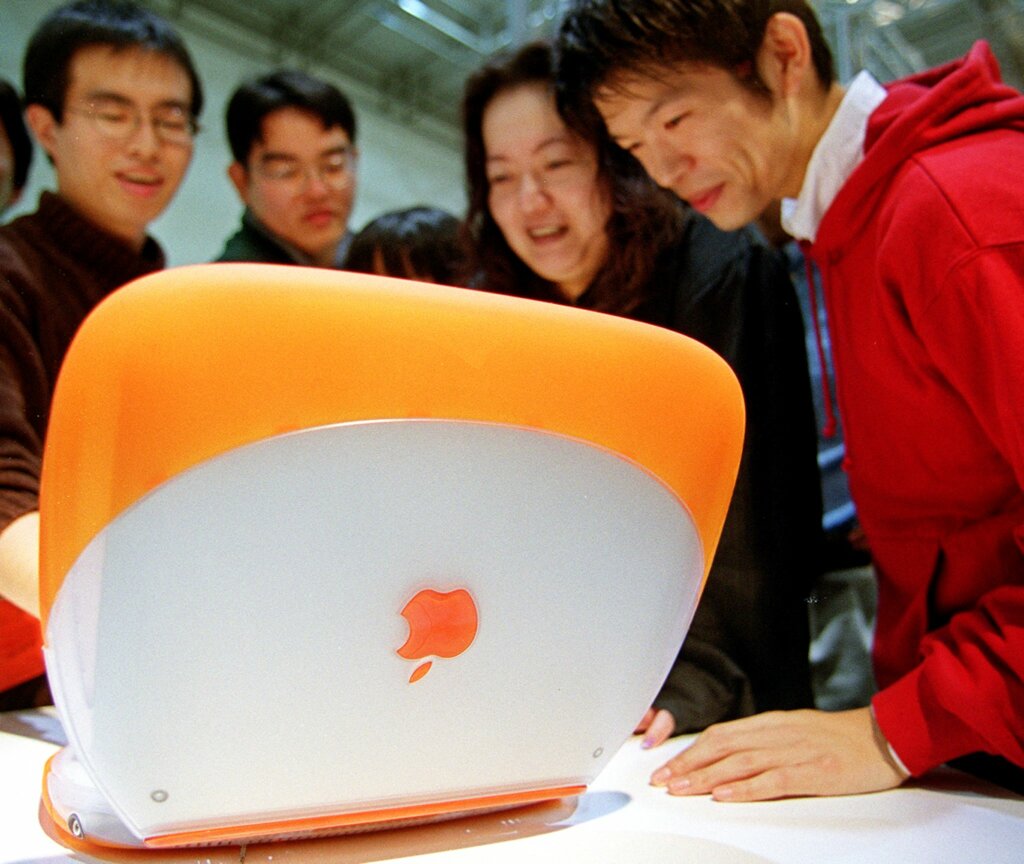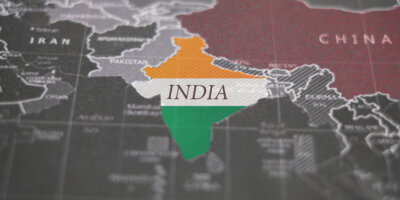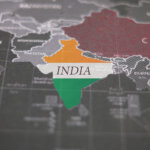
Customers queue up for Apple’s new iPhone SE in front of an Apple store in the Ginza shopping district in Tokyo, Japan, on March 31, 2016. The iPhone SE goes on sale in Japan. (Photo by KAZUHIRO NOGI / AFP)
Four decades and billions of dollars in sales later, what’s next for Apple in Japan?
|
Getting your Trinity Audio player ready... |
- Apple’s App Store ecosystem helped developers generate billings and sales of US$46 billion in Japan for 2022.
- According to Apple, revenue accrued by small developers increased by 32% between 2020 and 2022.
- Apple held a roughly 49% share of the Japanese smartphone market in unit terms in 2022.
Many are not aware that for years, Apple has dominated the smartphone market in Japan. So much so, the iPhone holds a significant market share in the Japanese market compared to other Western countries. Considering that Japan has been a notoriously difficult market for foreign companies to crack, Apple’s feat in the land of the rising sun is impressive.
It all started when the tech giant established its first Japanese unit in June 1983, seven years after its 1976 founding as a personal computer maker. Distribution in Japan had been entrusted to partners such as Toray before then and to a Canon unit for a time afterward.

Japanese youths smile as they look at the new iBook from US computer maker Apple Computer Inc,. at a department store in Tokyo 16 October 1999. The firm started selling iBook and iMac DV in Japan today at a price of 198,000 yen (1,860 dollars). AFP PHOTO/Toru YAMANAKA (Photo by TORU YAMANAKA / AFP)
Then, in 2008, Apple released the first iPhones in Japan. The phones boasted 3G connectivity, a rare but desirable feature at the time.
At that point, the market was saturated with models that lacked 3G connectivity and did not support the installation of third-party apps. However, the Japanese craved more features and functions than other markets. Recognizing this, Apple gradually added features and functionalities in subsequent models and iOS software updates.
When Apple’s initial carrier partner, Softbank, took over, its popularity skyrocketed even further. The company relied on low prices and aggressive marketing. Masayoshi Son, the CEO, collaborated with his long-time friend Steve Jobs to tailor iPhones to Japanese users’ desires and preferences. Eventually, the iPhone became a must-have item in Japan.
In short, the iPhone was one of the first smartphones widely adopted in Japan. The ‘iPhone for Everyone’ campaign by Softbank, among others, fueled its popularity. Apple’s position was further bolstered by carriers that historically offered more generous subsidies for the iPhone, making it more affordable for consumers.
But it wasn’t all smooth sailing for the American tech giant in Japan. As Japan transitioned to the smartphone market, competition increased, especially from Samsung. Yet, Apple maintained its dominance. Samsung ranked fourth in Japan behind Apple, Sony, and Sharp Corp for most years, partly due to a Japanese consumer bias against many Korean brands.
Unfortunately, anti-Korean sentiment in Japan was a significant factor in Samsung’s challenges in the country.
Apple in Japan 40 years later
Today, Apple still stands strong in Japan regardless of the increased competition. While Apple opened its first non-US store in Tokyo in 2003, today the tech giant has ten across the country, including in Fukuoka and Kyoto. When Tim Cook visited Japan last year, he shared that the iPhone maker had invested more than US$100 billion in its Japanese supply network over the last five years alone.

Tim Cook in Japan, December 2022. (Source: Twitter)
Meanwhile, Cook also shared that Apple had boosted its spending on suppliers in Japan by more than 30% since 2019. Japan has also become a critical manufacturing and sales hub for Apple. The country’s market for electronic components grew with the iPhone’s release, and Apple’s supply chain now encompasses nearly 1,000 companies.
This week, Japan celebrates 40 years of Apple in the country. Apple’s CEO took the opportunity to announce that the company’s App Store ecosystem in Japan helped developers generate billings and sales of US$46 billion in 2022 alone. Cook further noted that revenue accrued by small developers increased by 32% between 2020 and 2022.
In Japan, Apple supports more than one million jobs through its supply chain and the app economy. As for market share, Apple held a roughly 49% share of the Japanese smartphone market in unit terms in 2022, according to Tokyo’s MM Research Institute. Apple was the top mobile phone vendor in the country for the 11th straight year, starting in 2012. It also controls around half of the tablet market and around 60% of smartwatches.
But headwinds have increased recently. Apple’s Japan sales fell 11% year-over-year last quarter and accounted for just 6% of the companywide total. Reports suggest that the downturn partly stemmed from a weak yen and new restrictions on discounted smartphone sales.
It’s safe to say that Japan remains an Apple stronghold, and it’s reasonable to assume it’ll stay that way for the foreseeable future.
READ MORE
- Safer Automation: How Sophic and Firmus Succeeded in Malaysia with MDEC’s Support
- Privilege granted, not gained: Intelligent authorization for enhanced infrastructure productivity
- Low-Code produces the Proof-of-Possibilities
- New Wearables Enable Staff to Work Faster and Safer
- Experts weigh in on Oracle’s departure from adland


